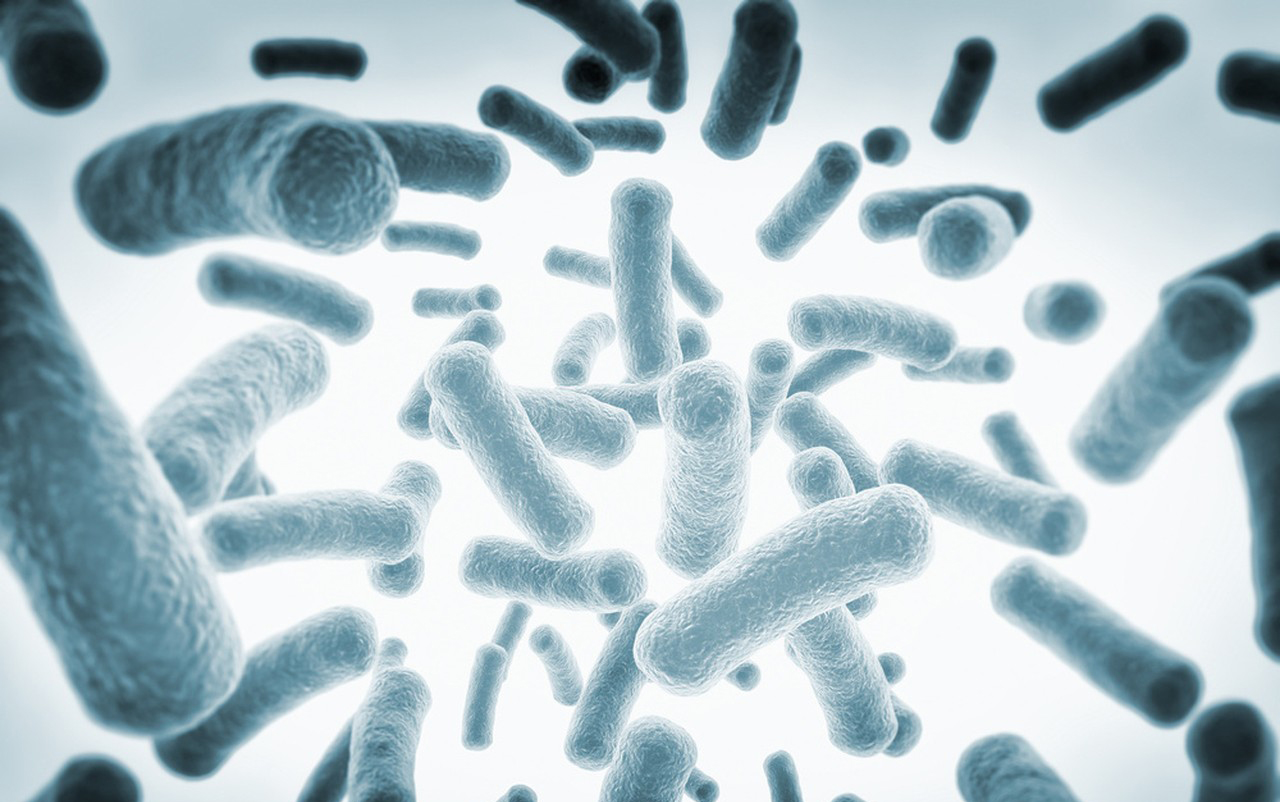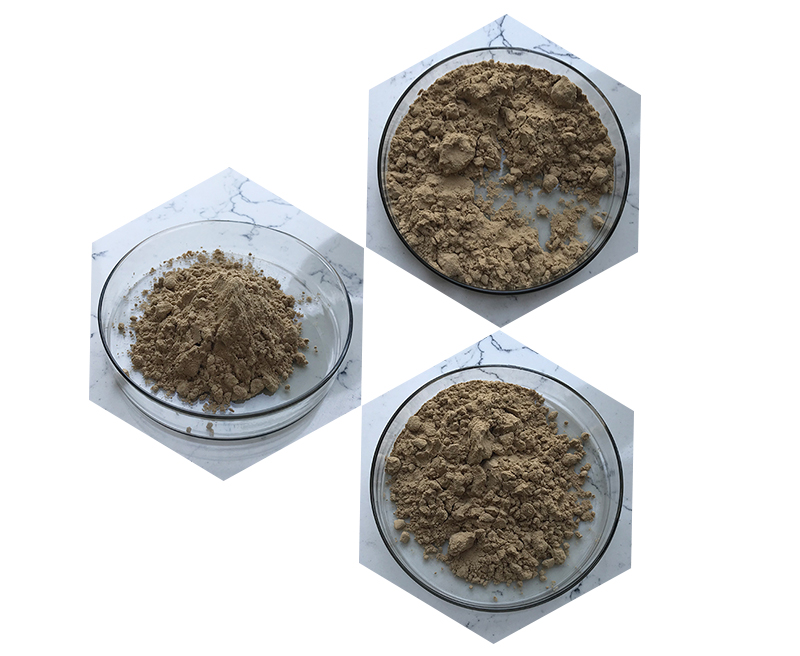Bacillus thuringiensis (Bt) is a soil-dwelling bacterium known for its insecticidal properties. Here are some basic principles of how it works:
- Toxin Production: Bacillus thuringiensis produces crystalline proteins (Cry proteins) during its sporulation phase. These proteins are toxic to certain insects when ingested.
- Ingestion and Activation: When an insect consumes Bacillus thuringiensis, the alkaline conditions in its gut dissolve the protein crystals, activating the toxins.
- Gut Damage: The activated toxins bind to specific receptors on the gut cells of susceptible insects, leading to pore formation, gut cell lysis, and ultimately, the insect’s death.
- Specificity: Bacillus thuringiensis is generally specific to certain insect groups, particularly lepidopterans (caterpillars), coleopterans (beetles), and dipterans (flies). This specificity makes it a useful biopesticide with minimal impact on non-target organisms.

- Environmental Safety: Bacillus thuringiensis is considered safe for humans, animals, and beneficial insects because the toxins primarily affect specific insect pests.
- Resistance Management: Over time, pests may develop resistance to Bacillus thuringiensis. Integrated pest management strategies, including rotating different types of Bacillus thuringiensis or using it in conjunction with other control methods, can help mitigate this risk.
Bacillus thuringiensis is widely used in agriculture and organic farming as a natural insecticide, contributing to sustainable pest management practices.
Applications of Bacillus Thuringiensis
Bacillus thuringiensis (Bt) is a soil-dwelling bacterium widely used in agriculture and pest management. Its applications include:
Biopesticides: Bacillus thuringiensis produces proteins toxic to certain insects, making it an effective organic pesticide for crops like cotton, corn, and vegetables. It’s particularly effective against caterpillars, beetles, and some fly larvae.
Genetically Modified Organisms (GMOs): Bacillus thuringiensis genes have been inserted into the genomes of some crops (e.g., Bacillus thuringiensis cotton and Bacillus thuringiensis corn) to confer resistance against specific pests, reducing the need for chemical insecticides.
Aquaculture: Bacillus thuringiensis is used to control mosquito larvae in fish farming and to manage pest populations in aquatic environments.
Soil Health: It can promote soil health by supporting beneficial microorganisms and enhancing nutrient availability.

Public Health: Bacillus thuringiensis is employed in controlling mosquito populations, particularly in areas where diseases like malaria and dengue fever are prevalent.
Organic Farming: As a natural pesticide, Bacillus thuringiensis is a favored choice in organic farming practices due to its targeted action and lower environmental impact compared to synthetic chemicals.
Research and Biotechnology: Bacillus thuringiensis is studied for its potential in biocontrol and as a model organism for understanding bacterial pathogenesis and protein production.
These applications make Bacillus thuringiensis an important tool in sustainable agriculture and pest management.
